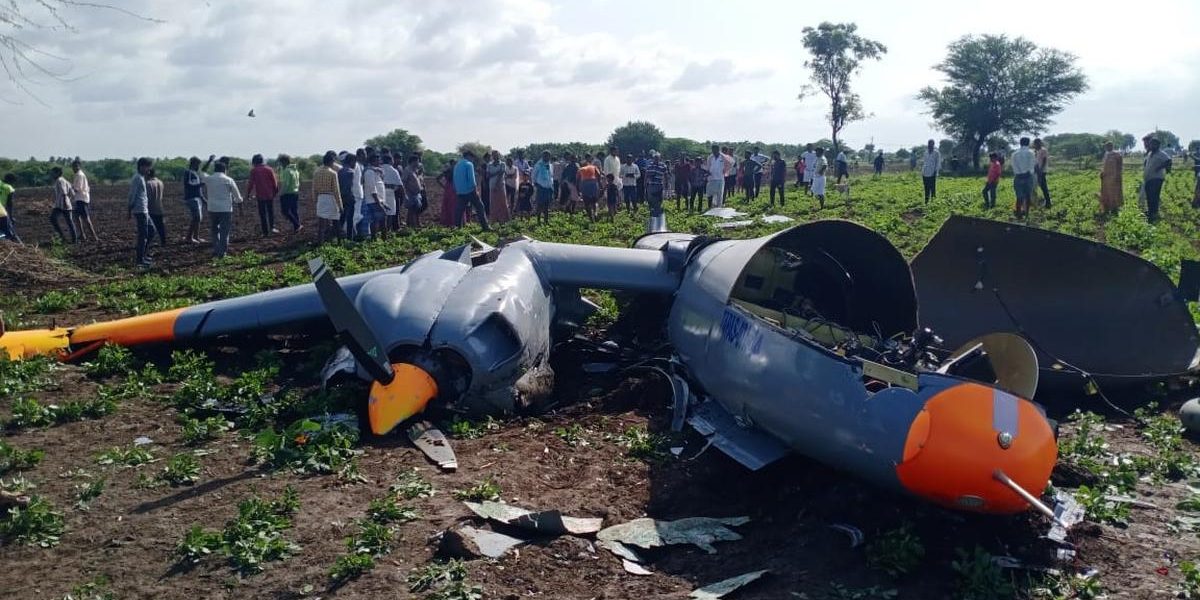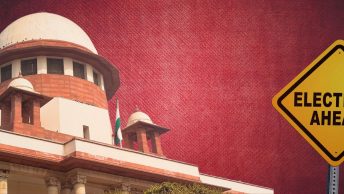Summary: In this article it is argued that public law remedies are unlikely to provide any relief to persons aggrieved by loss caused due to crashes of State-owned airborne objects. The first part of this piece dealt with the futility of seeking compensation through private law remedies.
Introduction
In the first part we had argued that remedies in tort law are unavailable to aggrieved persons due to the barriers imposed by the doctrine of sovereign immunity and section 123 of the Indian Evidence Act, 1972. In this second part, we aim to show that the effectiveness of public law remedies under Articles 32 and 226 is uncertain due to the manner in which Courts have treated Articles 21 and 300A.
The Incomprehensiveness of Public Law Remedies
Sovereign immunity and the privilege under Section 123 will not affect public law remedies unlike claims for damages in tort law. In fact, the concept of constitutional torts emerged in an effort to evade the defense of sovereign immunity. The technical report (detailing the reason of the crash) being classified using section 123, does not present a problem because it is not required for proving a violation of constitutional or fundamental rights. Volition is not a prerequisite when constitutional law remedies are sought to be claimed, rather the relevant factor is the proving of requisite damage caused by the State entity. Further, section 123 is not applicable since the damage report setting out the extent of loss caused in such accidents is prepared by an insurance company, as is clear from the specific example mentioned in the introduction.
To reiterate, the major benefit provided by public law remedies is the absence of the looming spectre of sovereign immunity which is present when a remedy is sought under tort law. Thus, the fact that volition might not be a requirement for certain torts to be made out is of little importance.
Determining the Scope of Protection under Article 300A
Article 300A guards against situations involving deprivation of property by executive actions without valid legislative authority. Most cases involving Article 300A have been related to acquisitions done by the State of private property. Our scenario does not involve acquisition of land, rather damage to property whether movable or immovable. Thus, the applicability of Article 300A would depend on what constitutes ‘deprivation’.
A textual interpretation of the provision would lead to ‘deprivation’ having a meaning broader than just acquisition. Due to this broad meaning, the Article would cover situations where the damage to the property is substantial enough to interfere with its enjoyment. This interpretation does have some judicial support since it was adopted in the case of K.T. Plantations v. State of Karnataka. This has led certain scholars to propose that Article 300A provides a general right to property. If this is the case, then this is in favour of victims since making claims under the Constitution would be much simpler.
However, a different view of Article 300A emerges when one looks at Jilubhai Nanbhai Khachar v. State of Gujarat which limited the Article’s application to acquisitions of property effected through legislation. This case dealt with land for mining being taken over by the State from erstwhile revenue farmers, and upheld the right of the State to do so under Article 300-A. Deciding on the scope of Article 300A, the court noted that the term ‘property’ in the section is meant for a context of invocation of powers of eminent domain, which connects with the further observation of the court that ‘deprivation’ in the section is limited to acquisition. As mentioned earlier, most of the cases on the provision relate to deprivation through acquisition of properties. Moreover, even if a broad interpretation of the provision is adopted, there is a lack of guidelines which would enable courts to adjudicate as to what kind and extent of damage constitute ‘deprivation’. Hence, with the application of Article 300A being in a muddled position, our search for a more definite remedy ought to continue.
Linking Property with Livelihood
The right to property in Article 19(1)(f) was removed from the Constitution by the 44th Amendment. However, a line of thinking persisting in the judiciary has embraced the liberal idea that property defines an area of autonomy that should be safeguarded from State power. This has led to interpretations of other fundamental rights to encompass and protect the right to property. Such interpretations have led to judicial decisions holding property to be essential for safeguarding the dignity and liberty of individuals. One such important connection, for our purposes, is the right to livelihood acting as a bridge linking the right to property to the right to life and liberty.
In the landmark case of Olga Tellis v. Bombay Municipal Corporation, the Supreme Court established the right to livelihood as a facet of the right to life under Article 21. Thereafter, property has been held essential for life and liberty as its deprivation would lead to a deprivation of livelihood. This is especially true in cases involving agricultural workers since their livelihood and dignity are intrinsically linked with their land in a predominantly agricultural society like India. Thus, the damage caused to the farm can be said to have affected the right to livelihood of the farmer thereby opening a remedy under Article 21.
However, an analysis of judicial decisions on the topic, suggests that the standard of damage necessary for availing the remedy is damage to such an extent that it really and substantially affects the right to life and liberty. This is evident from the reasoning employed in Gadigeppa Mahadevappa v. State of Karnataka, in which the acquired land was the sole means of livelihood for the petitioner. The court used picturesque words to describe the deplorable condition which the petitioner would have been reduced to if the deprivation was allowed to go unremedied. Thus, in the scenarios under consideration in this article, the damage must satisfy the court as drastically affecting the livelihood of the victim. So, even though an argument under Article 21 can be made, the standard of damage required poses a roadblock in deeming this a reliable remedy.
Conclusion
Potential damage caused by crashes threatens not only loss of income and assets, but also livelihood and dignified living. Despite this, remedies are either unavailable, or else require that an unknown or high standard be met for them to be availed of. Thus, there can be situations where damage to the assets or livelihood is caused but there is no reliable remedy available. It should be kept in mind that national security is to be promoted for protecting citizens from threats and not to threaten them by violating their rights. Thus, the aim is to prevent such damage occurring in the first place.
Availability of a certain and comprehensive remedy for such situations can contribute to this aim since possible imposition of liability on the State will act as a deterrent. Monetary liability has also been recognised by the Supreme Court as a way of preventing violations of fundamental rights. The prerequisite for the prevention of harms mentioned above is the availability of a reliable remedy, whether created through legislative action or interpretive tools of the judiciary.
Aadi Belhe is a second year B.A. LL.B. student at NLSIU, Bangalore, interested in criminal and constitutional law; Saarthak Agarwal is a second-year B.A. LL.B. student at NLSIU, Bangalore, with an interest in public law.
[Ed Note: This Article has been edited by Jeetendra Vishwakarma and published by Harshitha Adari from the Student Editorial Team.]







[…] Posted byAadi Belhe and Saarthak Agarwal […]